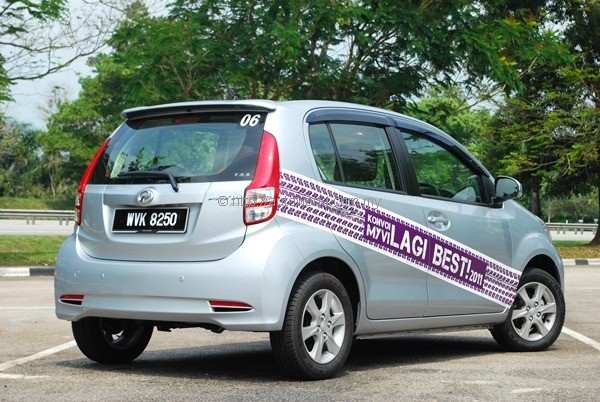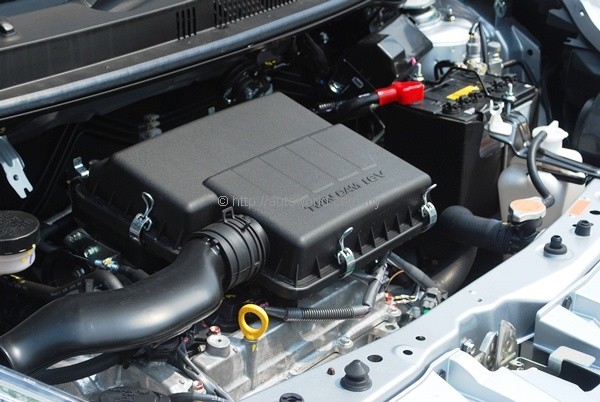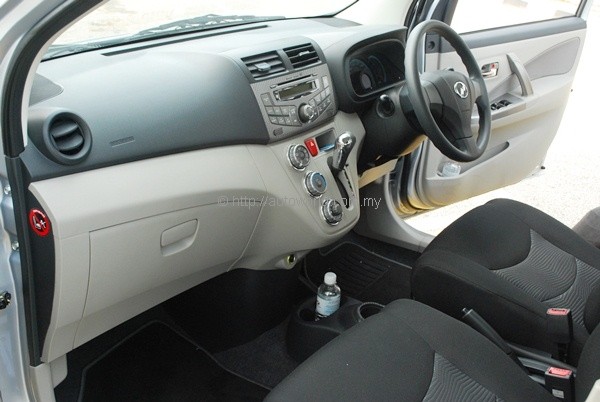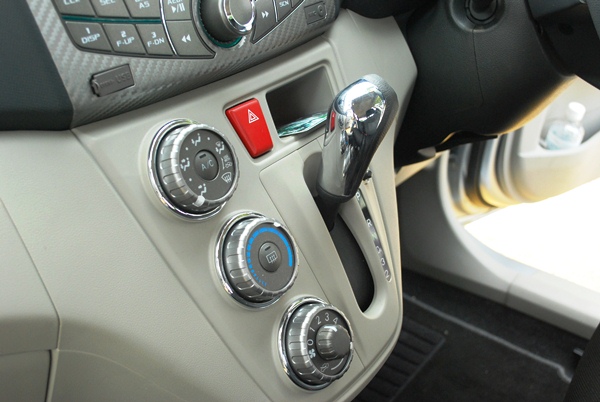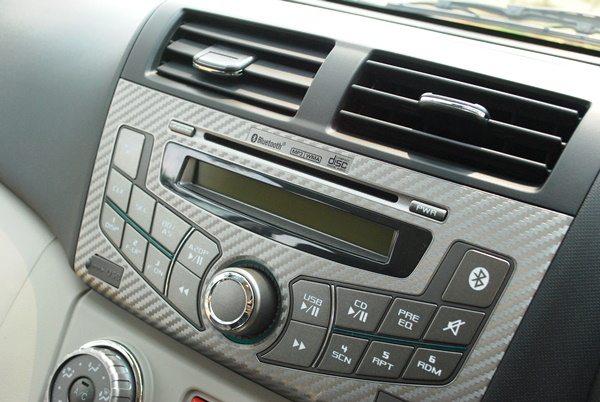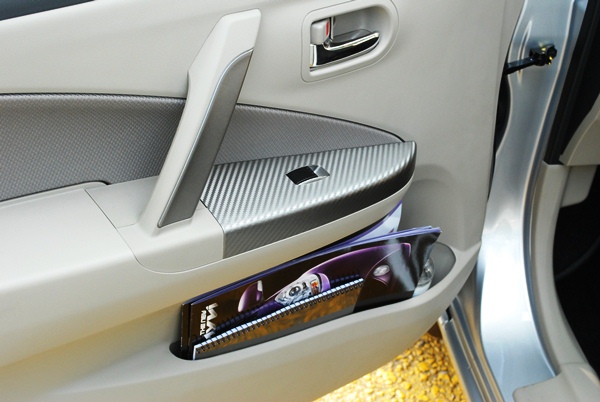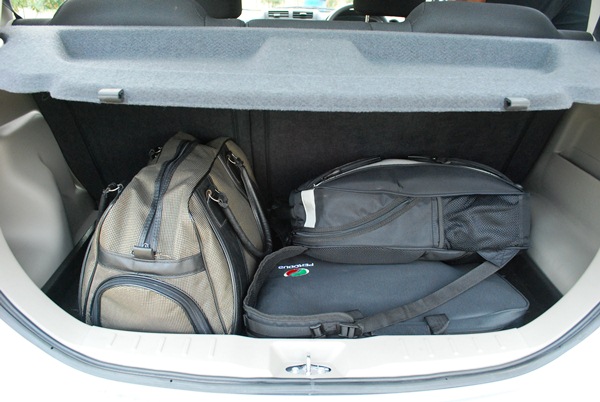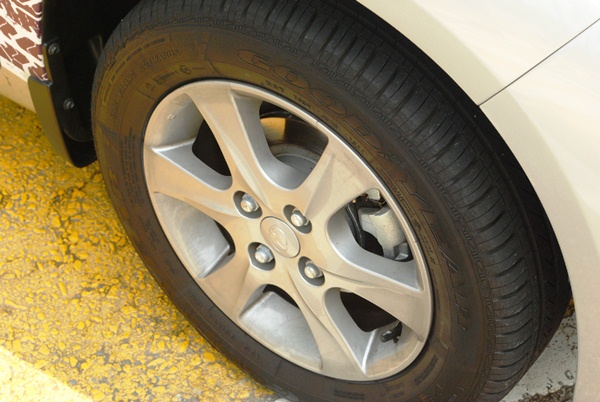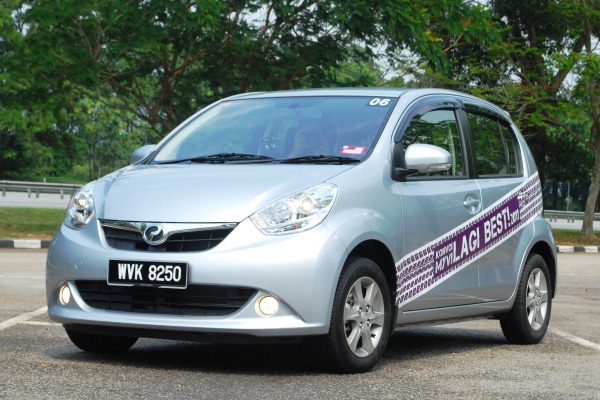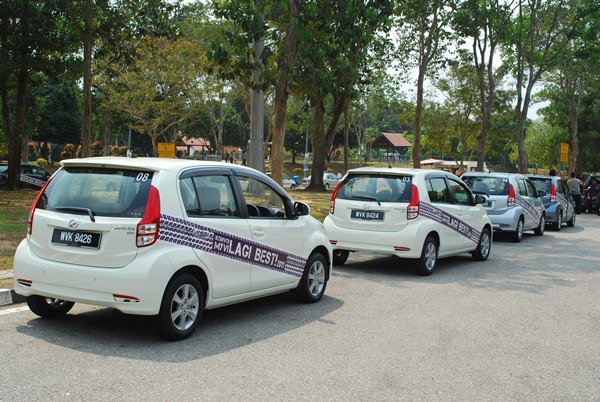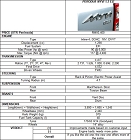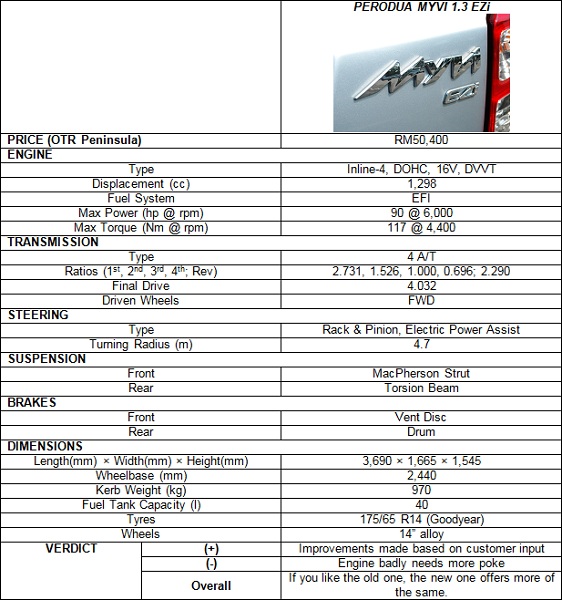Perodua Myvi 1.3 EZi Test Drive Report
It has been over a month since the new 2011 Perodua Myvi was launched, and it has been quick to pick up where its predecessor left off – with strong sales. Bookings opened about two weeks before its official launch, and in that short span of time, Perodua had already collected some 10,000 bookings of the new model.
That number continues to grow with each successive Perodua press conference that we attend, and the latest figure was 17,000, given to us during a media test drive session of the Myvi to Johor Bahru held during the first weekend of July. At that time, Perodua had delivered 3,000 units of the new Myvi, and the company expects to have between 12,000 and 13,000 units on the road by the end of this month.
Between the three trim levels on offer, the mid-spec Premium model has been attracting the highest number of takers, contributing to 51% of total bookings. Meanwhile, the top-of-the-line Elegance model has exceeded the company’s expectations with over 4,000 bookings collected – must be the lure of its built-in touchscreen GPS unit. As expected, the bulk of orders are for units with automatic transmission despite Perodua offering a 5-speed manual option for all trim levels.
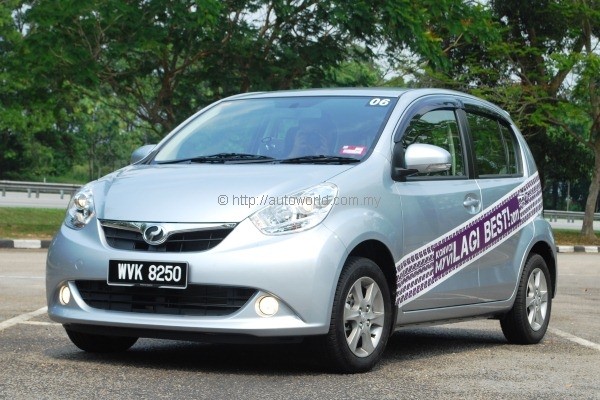 |
| Mid-spec 1.3 EZi as tested is our recommended pick of the range. |
Test Car and Drive Route
Compared to the 4km spin-round-the-block preview drive at Cyberjaya before its launch, members of the media were given substantially longer time behind the Myvi’s wheel this time round. A 360km route with an excellent mix of highway and trunk roads was plotted from Sepang to Johor Bahru for us to experience the Myvi’s various merits and flaws.
Journalists were paired two to a car, and I was assigned to the top-selling Premium variant with automatic transmission (1.3 EZi). There were no car swaps along the way, so reviews of other variants will have to wait till Perodua schedules test cars for us at a later date.
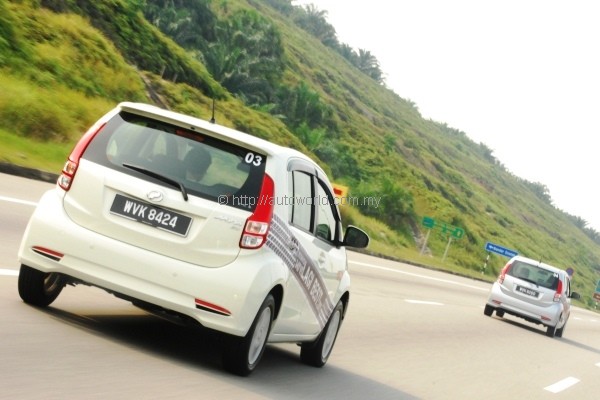 |
| Organizers plotted a 360km route from Sepang to JB. We then flew back. |
Driving Experience
Our test car only had 600km on its odometer when we were flagged off from Sepang, so as you would expect, the engine still feels ‘tight’ and a little unwilling to rev – 160kph was as fast as it was willing to go on the highway, and this was confirmed by journalists from another test car, although one manual tester reported clocking 170kph.
The new Myvi continues to stick with the same K3-VE engine used by its predecessor, but with revised engine settings. There is slightly more power and torque available, but a crucial difference is that the torque curve now peaks much higher at 4,400rpm compared to 3,200rpm previously. We felt the engine seeming to need more revs to get the Myvi going at speed, but it’s difficult to say if this had more to do with a peakier torque curve or the motor’s tightness due to low mileage.
The first generation Myvi was not a vehicle that provided its driver with an abundance of joy, and there was never any danger that the new version was going to change that. It didn’t, though it is better than what we were expecting. In particular, its steering deserves praise. Despite switching from hydraulic to electric assist, Perodua has managed to tune the new Myvi’s wheel with better weight and feedback than its predecessor.
When blasting (if you can call it that) the new Myvi down our back roads, we noticed that its ride has been stiffened from its predecessor. While it still does a good job in isolating occupants from bumps and potholes, ripples and road undulations were able to make their way into the cabin.
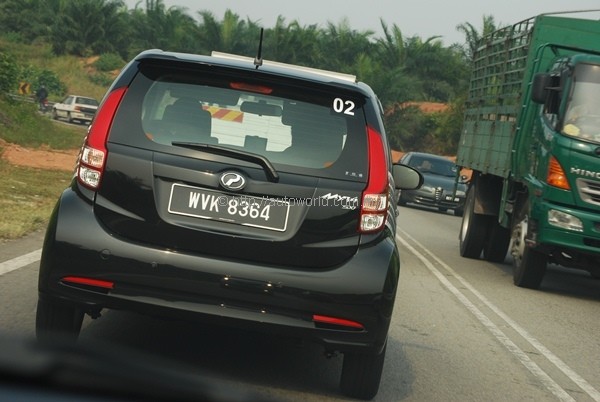 |
| Engine makes enough to give Myvi brisk pace, but overtaking on trunk roads wasn’t easy. |
Chats with the Engineers
During our southbound trip, we were accompanied by a couple of senior representatives from Perodua’s R&D team – En Noor Hashiman Sulaiman, GM of R&D, and Mr Albert Ngu, GM of Engineering – both of whom shared critical insights of the new Myvi’s development process with us. Compared to the previous Myvi, the current generation model benefits from Perodua’s additional experience accrued over the course of its predecessor’s model cycle.
Our chats with En Hashiman and Mr Ngu enlightened us on certain aspects of the Myvi’s engineering and design which we had found peculiar at first, but turned out to be due to customer demand. One of them was the different positioning of the automatic and manual transmission levers, which was engineered in response to findings in clinics that auto customers prefer their shifters to be dash mounted and manual customers prefer their shifters floor mounted.
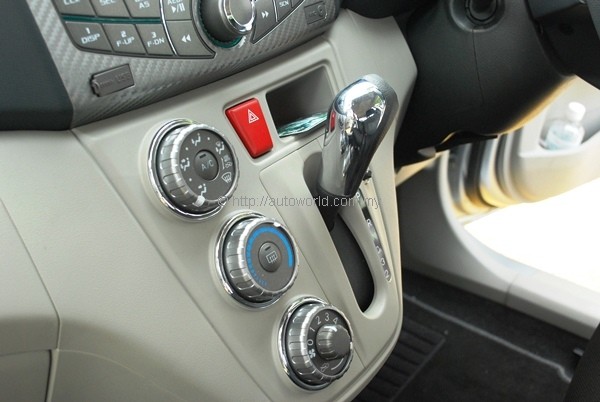 |
| 4 A/T shifter is dash-mounted. Card slot is a thoughtful feature. |
Perodua engineers had to fight tooth and nail with their Japanese counterparts from Toyota and Daihatsu to give the Myvi the weighty steering feel that we reported earlier. The Japanese engineers were said to have favoured a lighter steering, but Perodua’s customer feedback indicates that its buyers generally prefer a heavier steering. Similarly, it was also found from surveys that customers found the previous Myvi to be too soft, which explains the new Myvi’s unusually firm ride.
While the new Myvi’s equipment list is not as generous as say, Peugeot’s or Kia’s, Perodua has been smart in providing buyers with features that matter and impress in its price range. Safety, in particular, is rather well taken care of, as all variants come standard with dual airbags and three-point seat belts for all passengers. The driver gets a seat-belt pre-tensioner and load limiter, but ABS and EBD are only available for the Premium and Elegance variants.
 |
| Three-point safety belt for middle rear passenger. |
Another praiseworthy feature included in the Myvi’s kit count, though only applicable for the Premium and Elegance variants, is Bluetooth connectivity, which is curiously omitted in many cars twice and thrice as expensive. Unfortunately, it did not seem to be working our Premium-spec test car, and this was attempted with a couple of different phones. We repeated the attempt on another Premium-spec test car in the convoy with similar results. It worked in the Elegance model test car though.
We have been told right from the start that the new Myvi is built on a platform carried over from its predecessor, and that the 1.3-litre K3-VE engine is similarly retained. While this may arm critics with bullets to shoot Perodua, implications for the consumer are more pleasing as many maintenance wear and tear items (e.g. bushings, oil filters, brake pads etc.) are common between the old and new models. There is no way for you to transform your old Myvi to the new, but it helps keep overall maintenance costs down for both models.
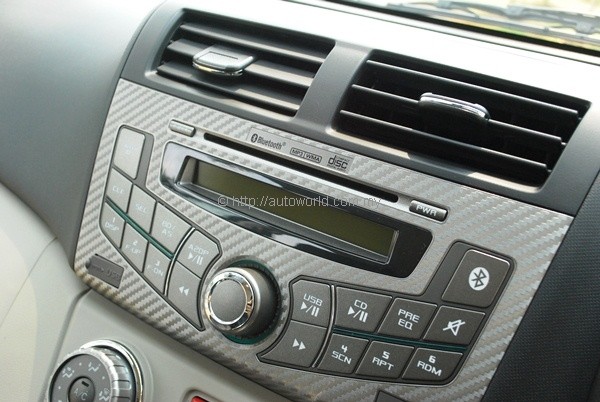 |
| Premium variant gets Bluetooth connectivity, but feature was not working on our test car. Oops! |
Verdict
From discussions with En Hashiman and Mr Ngu, we realized that Perodua has improved the Myvi where it matters to the consumers. Feedback from customer clinics and surveys were given due consideration when this Myvi went to the drawing board. It was this customer-centric approach has helped propel Perodua to the top of the nation’s sales chart.
There are no revolutionary improvements to the new Myvi. Despite its thoroughly revised appearance and cabin, the new Myvi is essentially an evolution of the old one. For those driving the previous model, we can’t think of many compelling reasons for you to upgrade to the new as you are getting pretty much the same car.
For first time buyers and those looking for more of the same, the new Myvi builds on the same winning formula that made its predecessor successful, and adds a number of key consumer-driven improvements to make it a more compelling package be it for the first time buyer, small family owner, second car, or whatever. Like its predecessor, this car will sell, and it will sell by the droves.
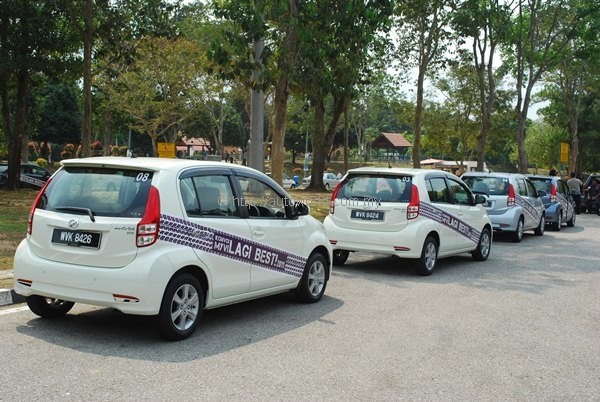 |
| Expect to see scores of the new Myvi flooding our roads. |
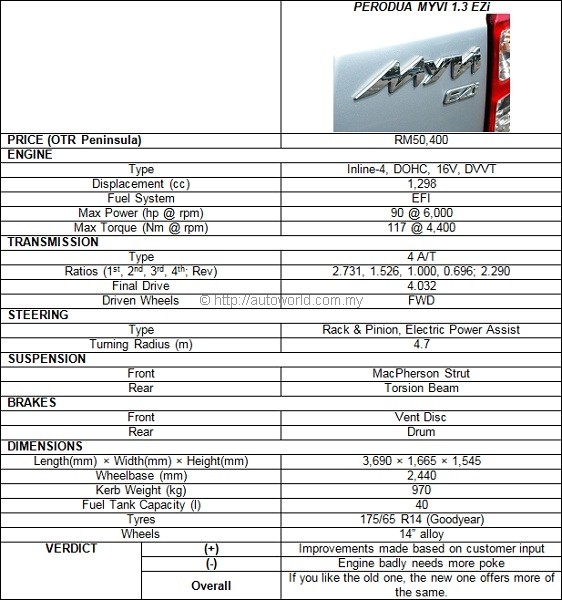 |
Pictures:
– Still shots: KON
– Moving shots: aswan.images





